Increase income from aquatic plants
In the communes of Hoa An, Phung Hiep and Phuong Binh of Can Tho City, in recent years, farmers here have abandoned the habit of producing rice in the third crop and switched to crop and livestock models suitable for natural conditions. A typical example is Mr. Vu Thai Hoa's household in Hamlet 1, Hoa An Commune, on an area of more than 1.1 hectares of lowland rice land, Mr. Hoa only produces the winter-spring rice crop, the rest of the crop is converted to growing lotus combined with fish farming.
Mr. Hoa shared: “Autumn-winter rice production often faces risks due to storms, high fertilizer costs, and low profits. Meanwhile, lotus plants adapt well to flooded environments, require less labor, and generate income many times higher than rice cultivation. On average, one kilogram of lotus root is sold for 3-5 times higher than one kilogram of rice depending on the season, so the efficiency is quite high during the flood season.”
In fact, the conversion from growing rice in the third crop to growing lotus, caltrop or other "nature-friendly" models is opening up a new direction for farmers in the Mekong Delta, including Can Tho City. Not only does it help increase income, these models also contribute to minimizing risks in the context of increasingly extreme climate change. In the current agricultural picture, flexible production according to natural conditions is gradually becoming an inevitable trend. When farmers know how to take advantage of the flood season, they not only overcome immediate difficulties, but also build a sustainable, environmentally friendly production.
Mr. Nguyen Van Thang in Vinh Thuan Dong commune, Can Tho city has more than 1 hectare of low-lying land that does not grow winter-spring rice but instead grows water caltrops and is now in the harvest season. In recent days, traders have come to the field to buy fresh water caltrops at the price of 10,000-12,000 VND/kg, and retail price is 15,000 VND/kg.
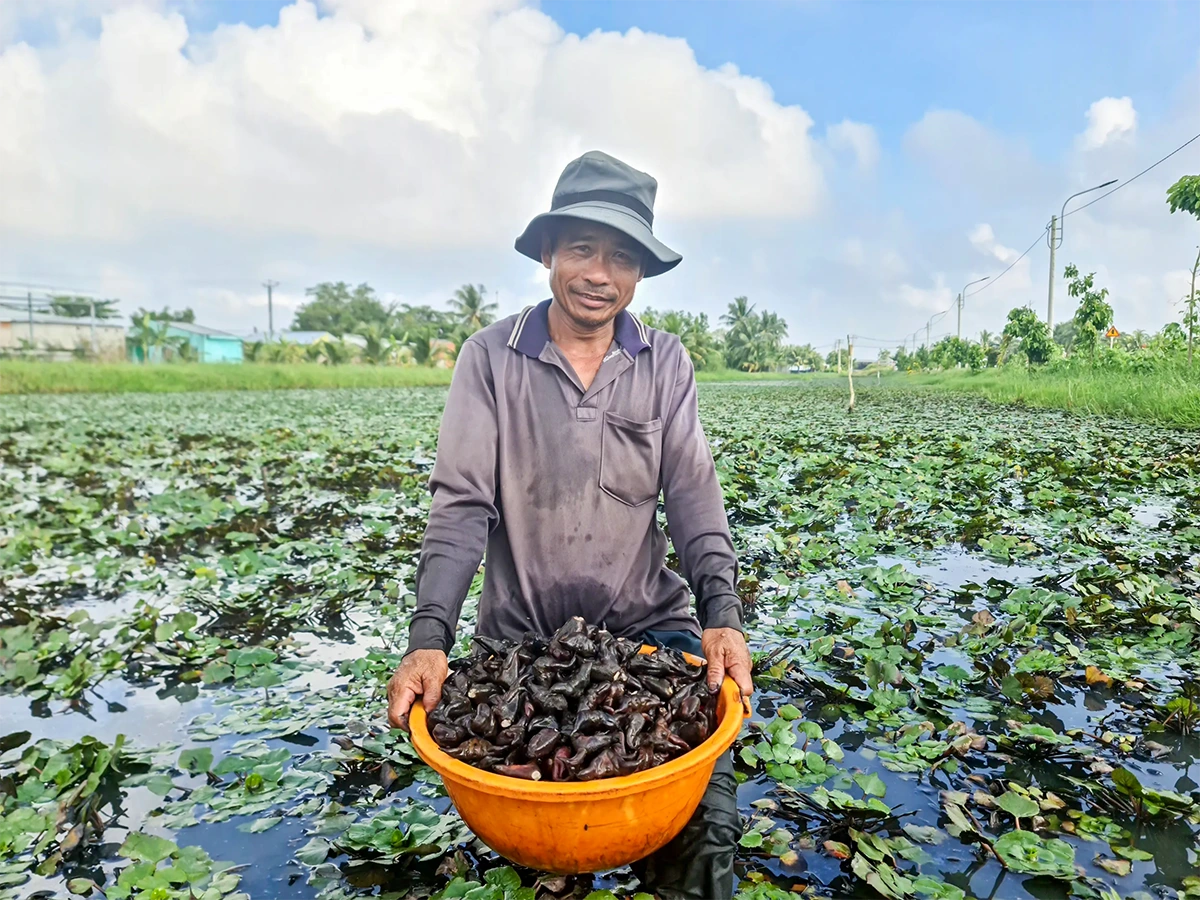
Mr. Thang's larva field is in harvest season, with an estimated profit of about 15 million VND/acre during this flood season. Photo: HOAI THU
According to Mr. Thang, water chestnuts are easy to grow, with low investment costs, mainly to prevent golden apple snails from eating young plants. When the plants grow, just fertilize them properly so that they grow well and produce tubers regularly. On average, it takes about 3 months from planting to harvesting water chestnuts. Harvesting time usually lasts 2-3 months, depending on the care. If well cared for, the water chestnuts grow well, the yield will reach 1.5-1.8 tons/cong. With the current selling price, farmers have a profit of 10-15 million VND/cong.
Mr. Thang said: “Growing water chestnuts does not cost much, but it takes effort to harvest water chestnuts every day. This is a type of crop that does not worry about flooding like other crops, but only worries about pests and snails eating the seedlings. With the results, the family plans to expand the area and consider growing water chestnuts in the off-season, as well as multiplying water chestnuts to sell to increase income.”
Benefits of rice field fish farming
Not only growing lotus and water caltrop, many farmers in Phuong Binh and Hiep Hung communes, Can Tho city also choose to raise fish instead of winter-spring rice (3rd crop). These are low-lying areas, often flooded early and drained slowly, very favorable for aquaculture.
Ms. Pham Thi Bay in Phuong Binh commune has been involved in the rice field fish farming model for more than ten years. After harvesting the summer-autumn rice crop, she reinforces the dike and releases carp and silver carp on about 4 hectares of rice fields. By taking advantage of natural food sources during the flood season, each crop she harvests 600-700 kg of fish, earning a profit of about 4-5 million VND, enough money to buy fertilizer to plant the next winter-spring rice crop.
According to many farmers, raising fish in rice fields during the flood season is low-cost but brings long-term benefits. Fish help improve the soil, increase fertility thanks to alluvium, and at the same time, fish eat algae and rice husks, limiting weeds. Thanks to that, farmers reduce the cost of fertilizers and pesticides, limit environmental pollution and increase rice productivity in the following crop. Mr. Le Van Nghia in Phuong Binh commune affirmed: "Raising fish in rice fields not only makes money but also makes the soil loose, reduces fertilizer and pesticides, thanks to which the winter-spring rice crop is more productive, and farmers have more profit."
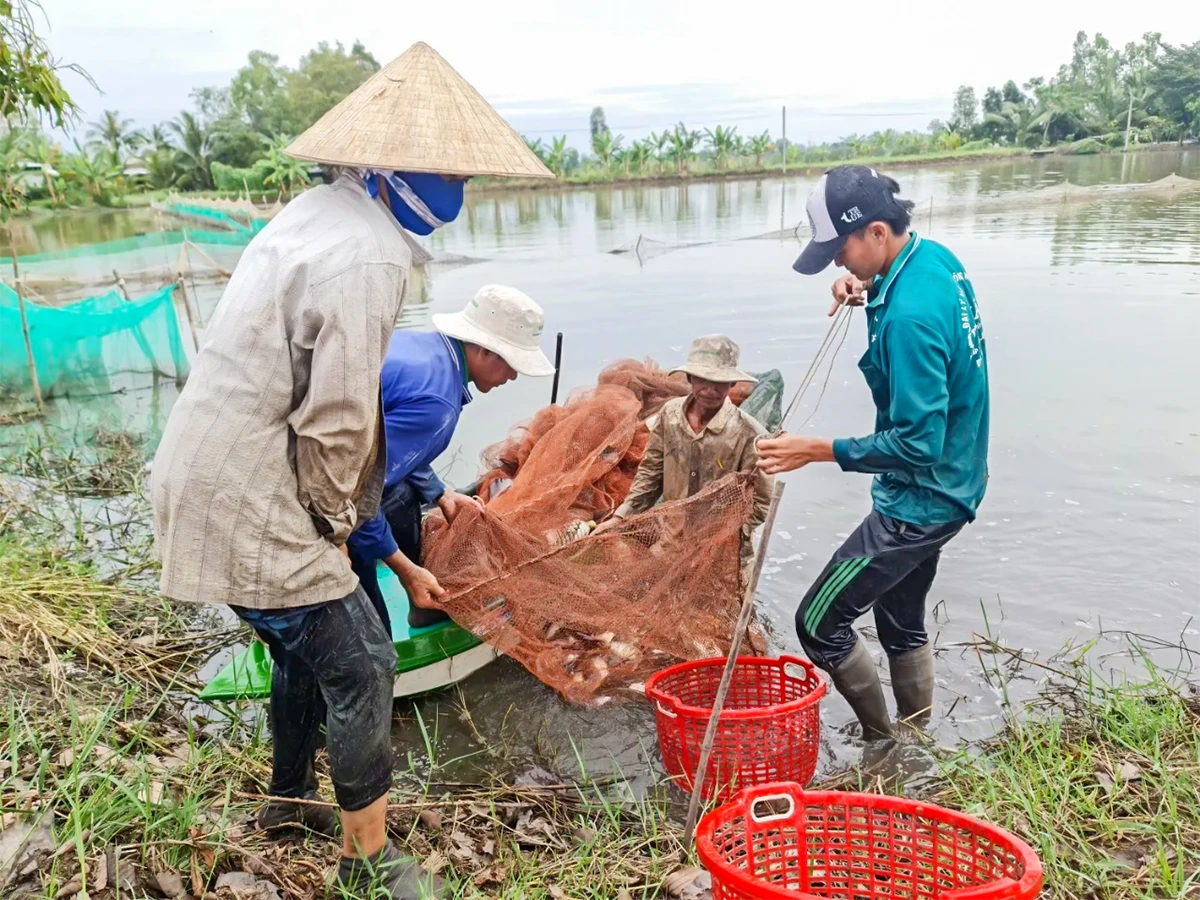
Farmers in Vi Thanh 1 commune, Can Tho city harvest fish from rice fields. Photo: HOAI THU
According to the Department of Agriculture and Environment of Can Tho City, the model of 2 rice crops - 1 vegetable crop, 2 rice crops - 1 fish crop is currently bringing practical results, including the model of farming during the flood season such as growing water caltrop, growing lotus, growing water mimosa in the fields or raising fish in the fields. In the coming time, farmers can implement and replicate the model of 1 rice crop - 1 water caltrop - 1 fish crop (winter-spring crop to grow rice, summer-autumn crop to grow water caltrop, flood water to raise fish in the fields), or grow 1 rice crop - 1 water caltrop or combine the model of water caltrop - fish - black apple snail to achieve high profits to help develop the family economy . In particular, with the model of raising fish in rice fields, on average, each hectare of farmers raise 20-30kg of fish fry, combined with natural freshwater fish, and when harvested, the profit is 15-20 million VND/ha without much cost.
Ms. Nguyen Thi Giang, Deputy Director of the Department of Agriculture and Environment of Can Tho City, said: Currently, the model of raising fish in rice fields is bringing many practical effects. Firstly, it is low cost, because after harvesting the summer-autumn rice, farmers will buy fish fry to raise, the fish eat rice husks, seaweed, and plant algae, so farmers do not need to feed the fish, only take care of them in the early stages when the fish are still small. Secondly, when raising fish instead of the autumn-winter rice crop, this helps to cut off the source of pests and diseases from one crop to another. Thirdly, raising fish helps to improve the soil quite well, making the soil loose and flat, leaving a large amount of fertilizer for the winter-spring rice crop, helping to reduce the amount of fertilizer, saving costs. This model is very suitable in the current production conditions to adapt to climate change. The Department of Agriculture is encouraging farmers to apply it in low-lying areas but must have closed dikes.
HOAI THU - DUY KHANH
Source: https://baocantho.com.vn/linh-hoat-san-xuat-trong-mua-nuoc-noi-a192260.html








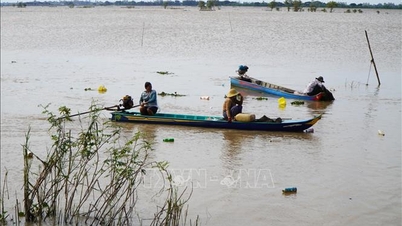

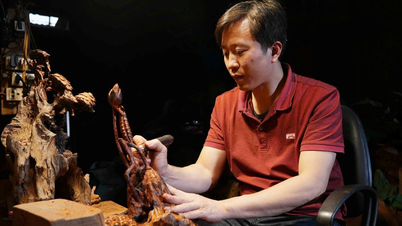



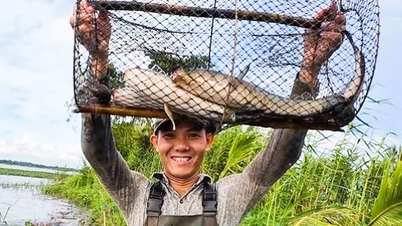





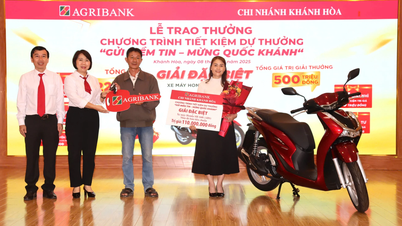

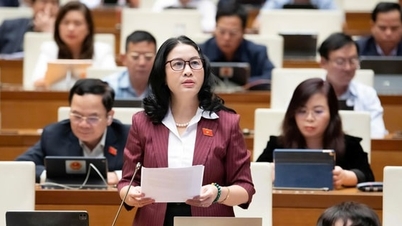

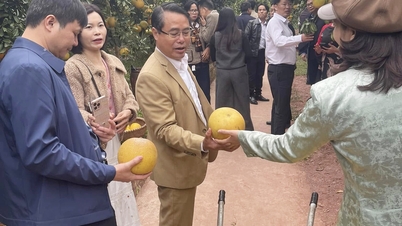



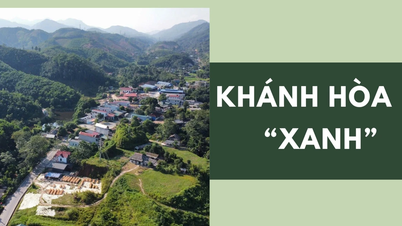

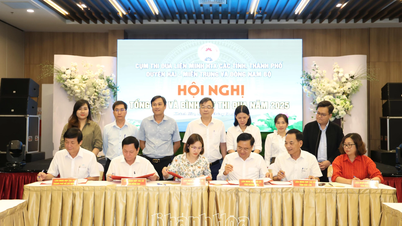





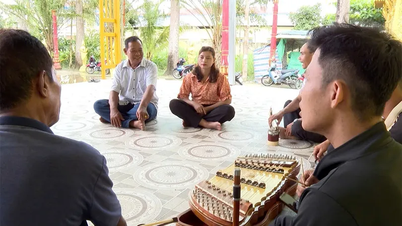
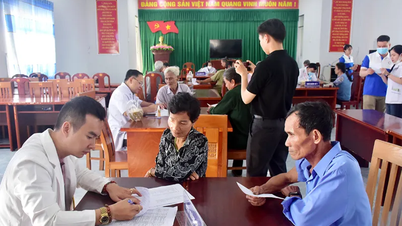
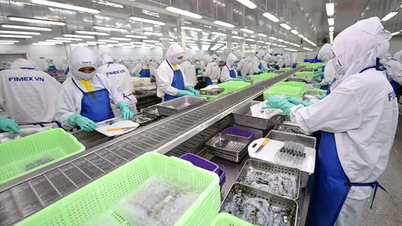

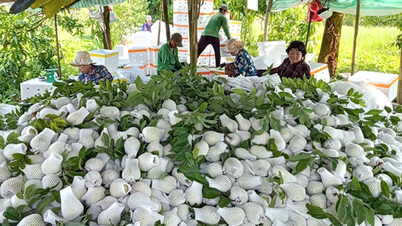

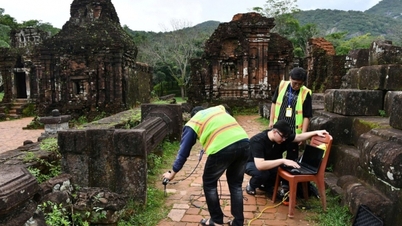

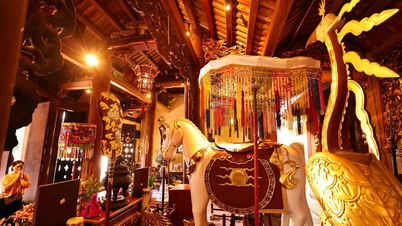





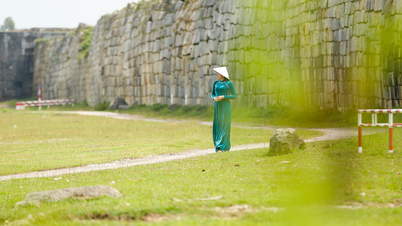


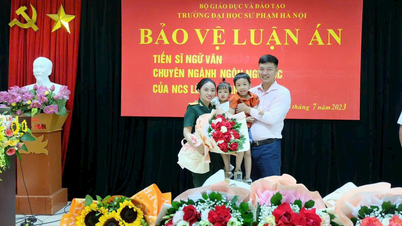
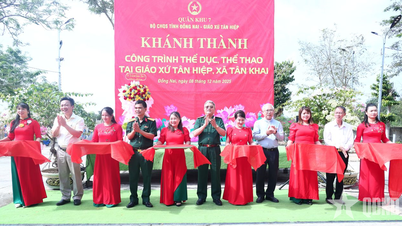
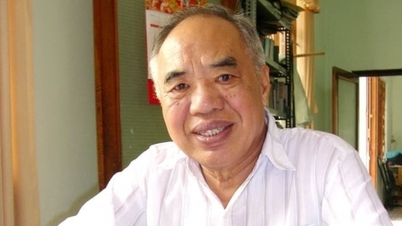
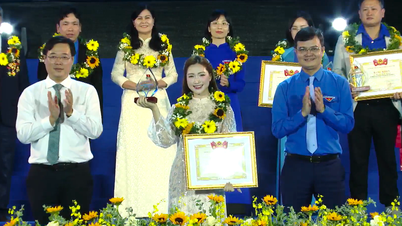











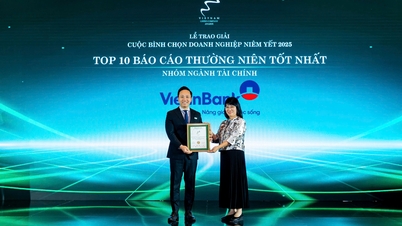














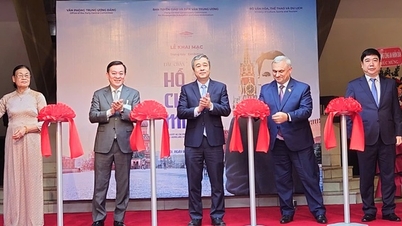

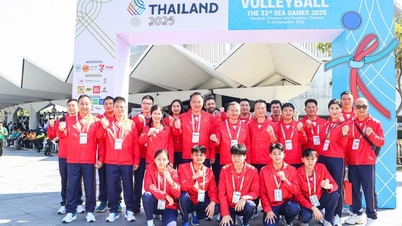
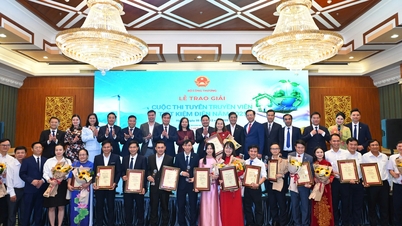






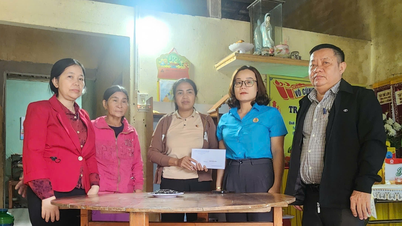
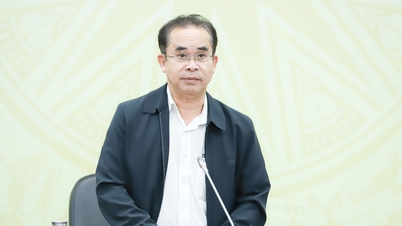

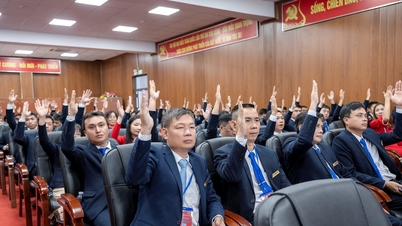









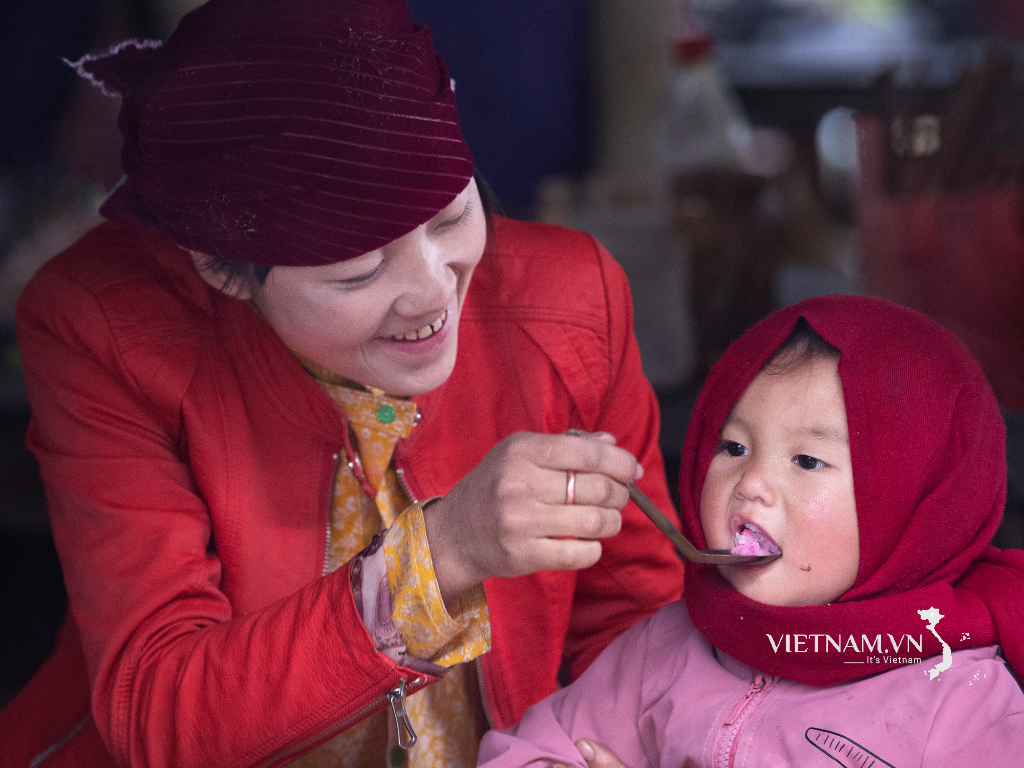







Comment (0)